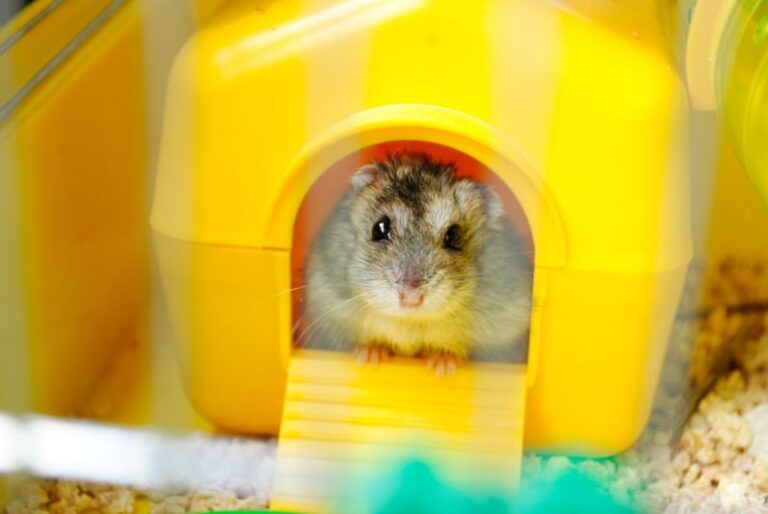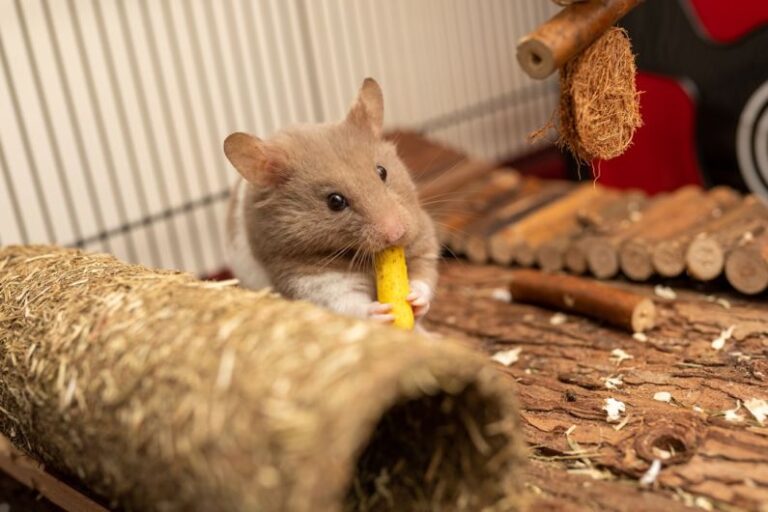
Hamsters are adorable little creatures that bring joy and entertainment to their owners. However, one common issue that hamster owners face is their furry friends escaping from their cages. This can be a stressful situation for both the owner and the hamster. To prevent escapes and ensure the safety of your pet, there are several important steps you can take to secure their living space.
Understanding Your Hamster’s Behavior
Before delving into how to prevent escapes from your hamster cage, it’s crucial to understand why hamsters may attempt to escape in the first place. Hamsters are naturally curious and active animals that love to explore their surroundings. They are also skilled climbers and can easily squeeze through small openings. Additionally, hamsters may try to escape if they feel stressed, scared, or uncomfortable in their cage. By recognizing these behaviors, you can take proactive measures to address them and create a safe environment for your pet.
Choose the Right Cage
Selecting the appropriate cage for your hamster is the first step in preventing escapes. Opt for a cage that is specifically designed for hamsters and has narrow bar spacing to prevent them from squeezing through. Wire cages with secure latches are generally a good choice, as they provide proper ventilation and visibility while keeping your hamster contained. Avoid cages with plastic components that can be chewed through easily.
Secure All Openings
Inspect the cage regularly to ensure that all openings are securely closed. Hamsters are adept at finding even the smallest gaps to squeeze through. Make sure that the cage door closes properly and that there are no loose or broken parts that could be used as an escape route. Additionally, check for any gaps or holes in the cage walls or corners that your hamster could exploit. Secure these areas with additional mesh or material to prevent escapes.
Provide Enrichment and Entertainment
Hamsters are intelligent animals that require mental stimulation to stay happy and healthy. Boredom can lead to stress and restlessness, prompting hamsters to seek ways to escape their cages. Provide your hamster with plenty of toys, tunnels, and chewable items to keep them engaged and entertained. Rotating toys regularly can also prevent boredom and reduce the likelihood of escape attempts.
Create a Safe and Comfortable Environment
Ensuring that your hamster’s cage is a safe and comfortable space is crucial in preventing escapes. Keep the cage clean and well-maintained, with fresh bedding and ample nesting material for your hamster to burrow and hide in. Place the cage in a quiet area away from loud noises, direct sunlight, and drafts. Providing a cozy hideout and a wheel for exercise can help alleviate stress and prevent escape behaviors.
Supervise During Playtime
While it’s essential to provide your hamster with time outside of their cage for exercise and exploration, always supervise them during playtime. Hamsters are fast and agile creatures that can quickly disappear or get into dangerous situations if left unattended. Use a secure playpen or hamster ball to contain your pet during supervised play sessions to prevent escapes and ensure their safety.
Conclusion: Ensuring the safety and well-being of your hamster should be a top priority as a pet owner. By understanding your hamster’s behavior, providing a suitable cage, securing all openings, offering enrichment, creating a comfortable environment, and supervising playtime, you can effectively prevent escapes and keep your furry friend happy and secure in their home. Taking these proactive measures will not only prevent potential escape attempts but also strengthen the bond between you and your beloved hamster.





